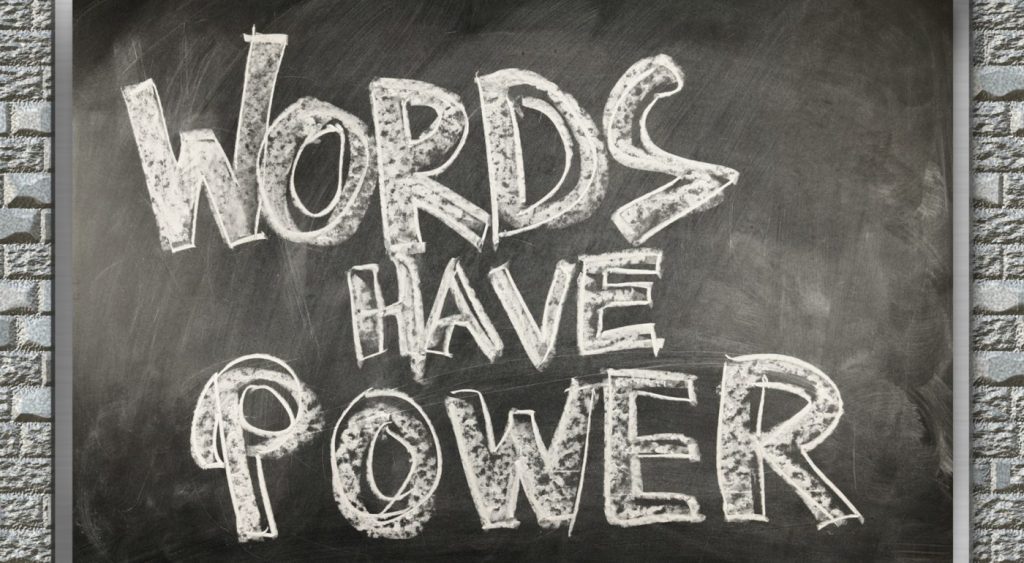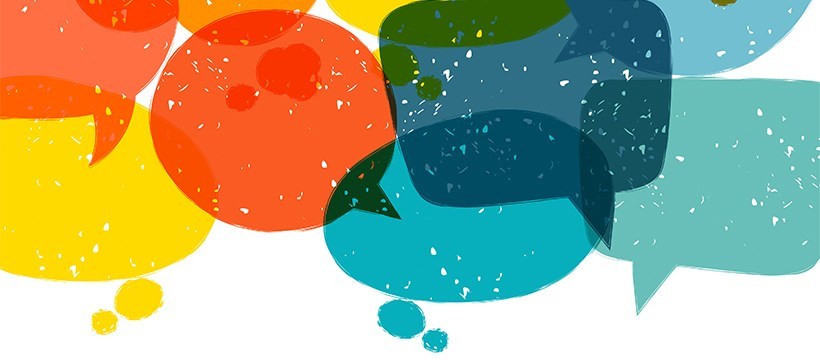While the words we use when discussing mental illness may not seem all that important, the kind of language we choose to use can be extremely powerful in either perpetuating or combatting stigma. People living with mental health conditions are already stigmatized in society in so many ways, many of them extremely harmful.
According to the National Alliance of Mental Illness, due to the negative stigma around mental illness, people living with mental health conditions often are:
- Alienated and seen as “others”
- Perceived as dangerous
- Seen as irresponsible or unable to make their own decisions
- Less likely to be hired
- Less likely to get safe housing
- More likely to be criminalized than offered health care services
- Afraid of rejection to the point that they don’t always pursue opportunities

Image from Mozilla.org
You may be thinking, I’ve never discriminated against anyone with a mental illness, I’ve never denied someone housing based on their mental health condition…so what change do I need to make? While you may have never intentionally discriminated against someone with a mental illness, the language we use can further perpetuate negative stereotypes around mental illness, and we may be inadvertently shaming people around us with the words we choose to use.
In order to strive for a stigma-free world, need to take the extra step to use empowering, inclusive language around mental health.
Mental Illness: Synergy, Stigma, and Culture
How do I know if I’m using stigma-free language?
Even the most well-meaning among us can find ourselves using stigmatizing language around mental health without realizing it. Some of these harmful terms are still used quite freely, and many of us may not have taken the time to think about the language we use and the negative effects it may have on other people.
So, how can you tell if you are using stigmatizing or inclusive language around mental illness? One tip is to make sure to use “person-first” language.
Using person-first language is a way to suggest that a person has an illness or a condition without labeling the person by their condition. For example, it is best to say “person with schizophrenia” instead of “schizophrenic person.” This very minor change in language allows for a slight distance between the person and their condition, rather than defining them by it.
It can also be helpful to ask yourself some basic questions:

- Is the language I’m using perpetuating stereotypes about people with mental illness?
- Are my words based on fear or on any negative ideas around people with mental illness?
- How would I feel if these words were used to describe me?
Below are some examples from the National Alliance on Mental Illness of how to use respectful language when talking about mental health:
Graphic courtesy of NAMI
Resources
https://www.nami.org/Get-Involved/Pledge-to-Be-StigmaFree/StigmaFree-Me
https://www.samhsa.gov/sites/default/files/programs_campaigns/02._webcast_1_resources-508.pdf

